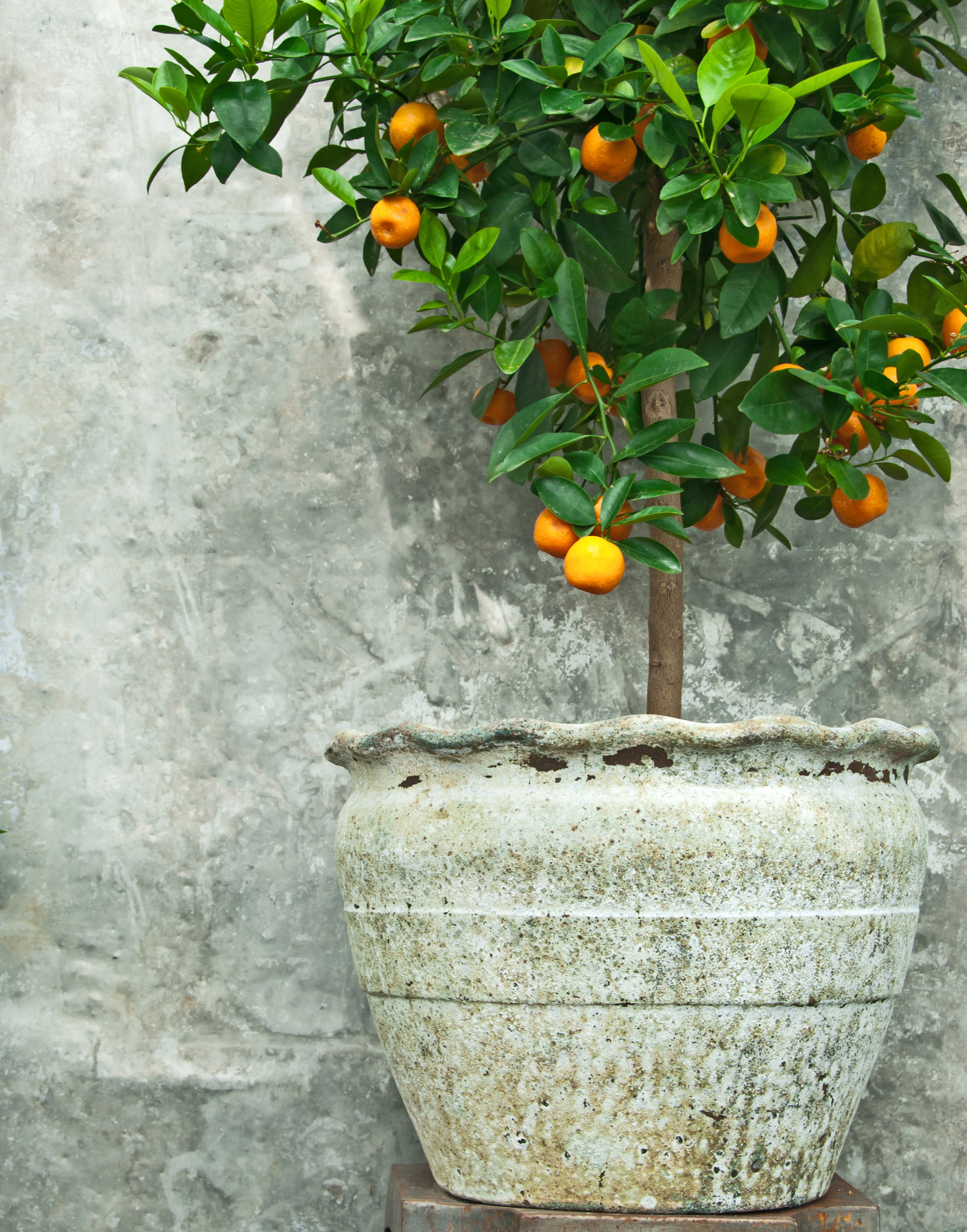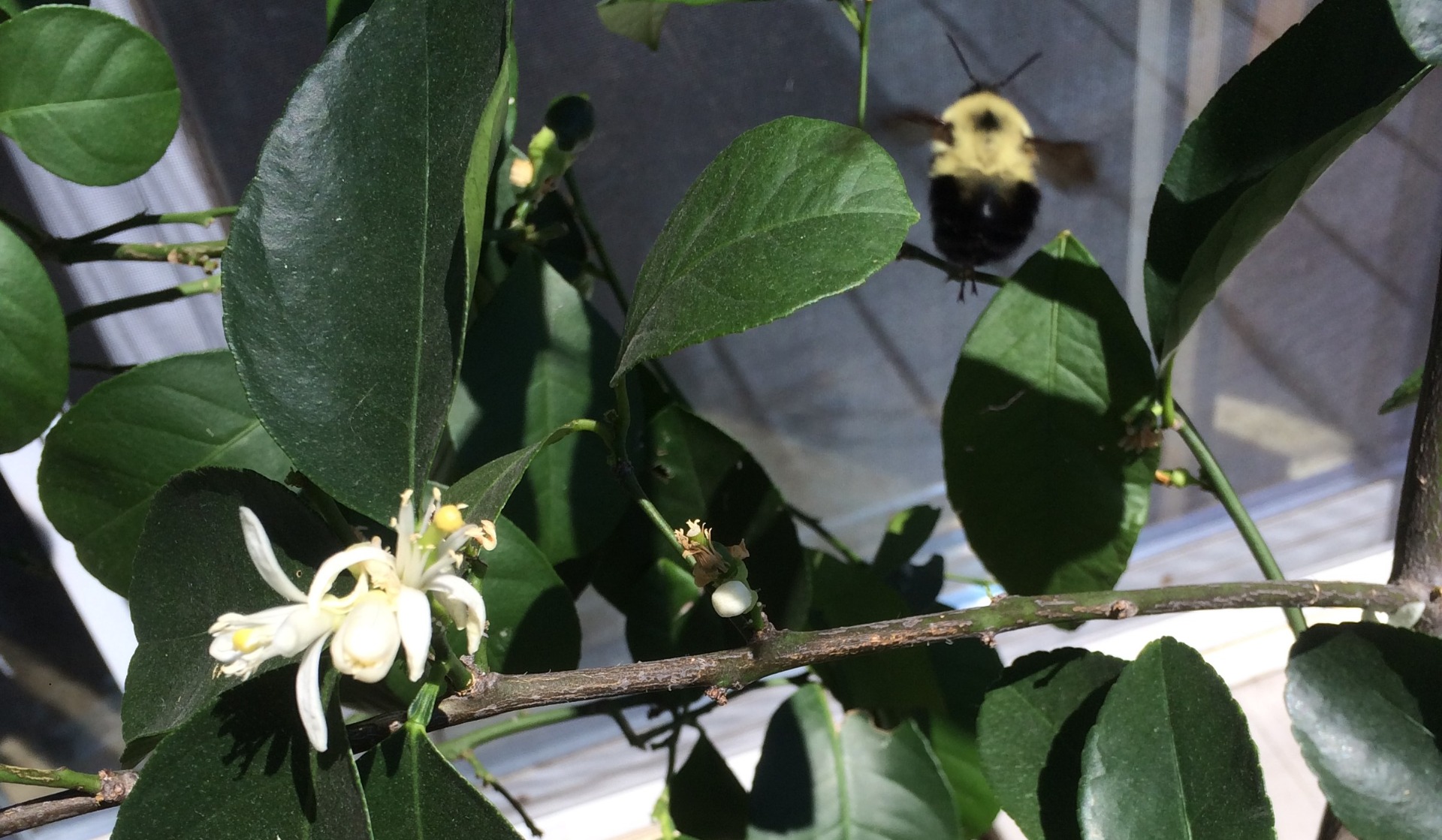
Citrus is one of my favorite house plants to grow. Citrus has beautiful and fragrant blooms, dark green leaves, and some amazing home-grown fruit.
If you live in a location where growing citrus outdoors year-round is not an option, there are some awesome dwarf varieties available to you.
You can find most types of citrus from grapefruit, lime, lemon, kumquat, orange, tangerine, and possibly something quite unique. Just make sure they are dwarf varieties if you are growing indoors.
Citrus does best indoors when the temperature of the room is above 60 degrees Fahrenheit and below 70 degrees Fahrenheit. They will perform best near a window or patio door that gets lots of sunlight, avoid any rooms that feel dark for the majority of the day.
Being able to move citrus trees outside during the summer, makes these trees an awesome addition to your summer patio vibe. You don’t have to move them, but you can, especially if you have a special spot for them. Makes a great talking point during a summer BBQ.
Show off some skills by using the limes right from your tree for a fresh margarita or zested into a tasty blueberry and lime scone. A wedge of orange on the rim of a homebrewed beer, Or a Wedge of lemon alongside a fried fish.
First and very important when moving your citrus outside in the summer to let it acclimate to the sunnier conditions by placing it in some partial shade. if your long-term outdoor location is already partial shade, your good to go. If not, moving your tree directly to a sunny outdoor location could have harsh consequences for the health of your tree.
Once you move your tree always keep an eye on your trees, there are other elements outside that will dry the soil out faster or do damage to your tree. A strong storm, a late or early cold snap, certain pests, and other conditions can be detrimental. So, easing your tree into its summer location, and keeping an eye on it might take a moment, but it will be beneficial and very rewarding for both you and your citrus.
I can bet almost the minute you bring your tree outdoors if it's in flower, there will be bees on the flowers. they are fun to watch, and the sweet smell is so attractive.
The same is true when transitioning back into the home in fall. Before the temperature starts to drop, begin the same process of moving your tree into a partial shade and then back into the house. You don’t want to go straight from a bright spot outside back into the house. Without a good transition, you might cause stress on the citrus.
If you plan to move the citrus make sure your tree does not become so big indoors or outdoors that you are not able to get through your largest door. as well as, keeping them in a pot that is moveable by one or two people, or using a plant dolly. Just keep it easy when moving them outside. Some damage may occur, that’s okay. Prune it back to keep the wounds clean if this happens.
As for growing conditions keep your Citrus in a potting mix that is rich, slightly acidic, and well-drained. Because we are keeping our citrus in pots, we will have to use a fertilizer that’s geared for citrus or acid-loving plants. Just follow the recommended feeding levels on the fertilizer you choose.
It doesn't take much to grow and care for your citrus trees, and it can be very rewarding for years to come. If you have more questions about pruning, repotting, or general care of your citrus or houseplants stay tuned for other great tips and information.

